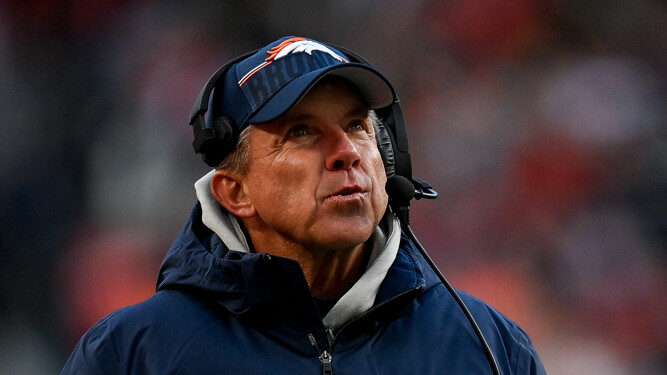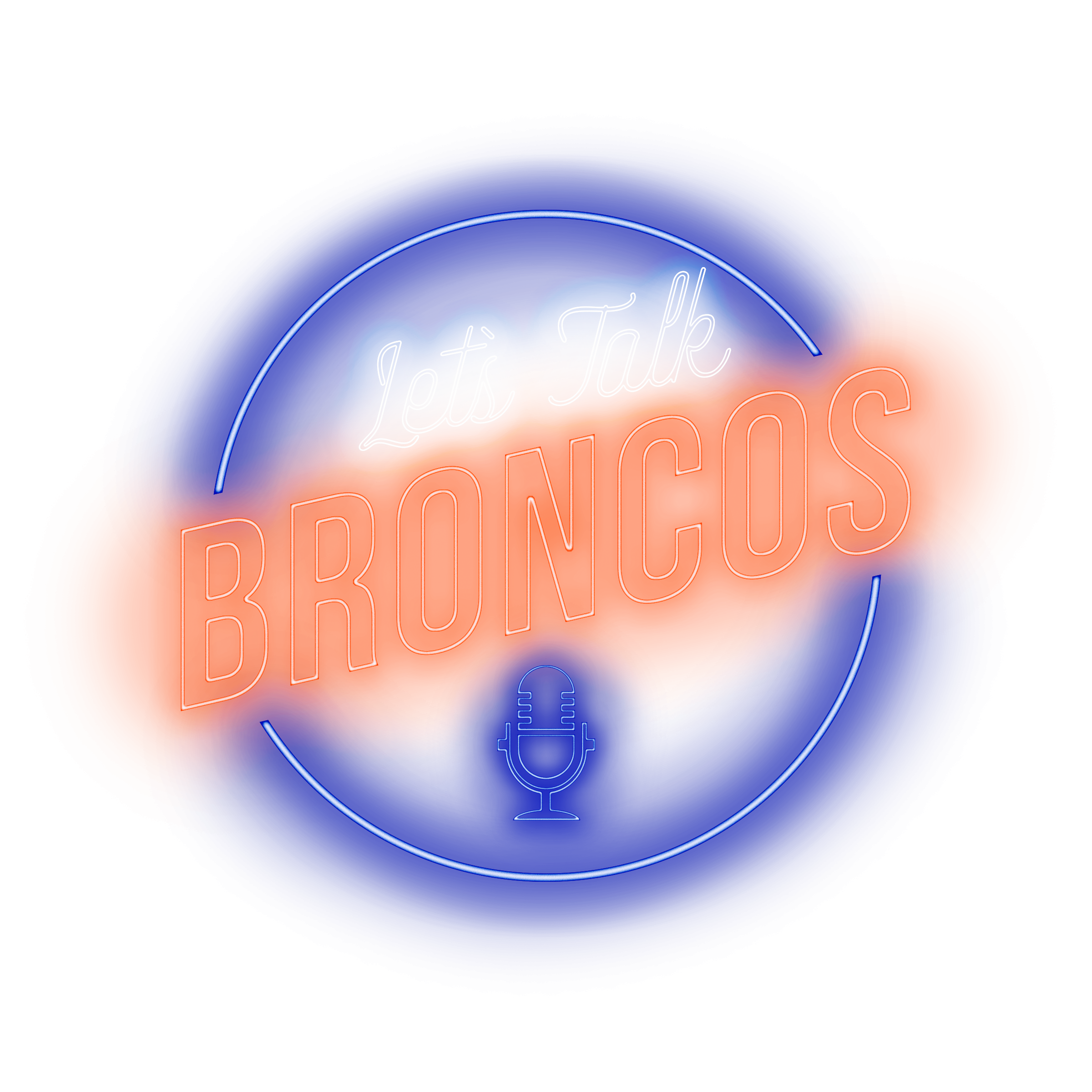
It looked as though the Denver Broncos had escaped Indy with a harrowing victory when Indianapolis Colts kicker Spencer Shrader missed a would-be 60-yard game-winning field goal as time expired.
But it wasn’t over. A flag was thrown that gave the Colts a shot at redemption — a shot they did not miss. Out of the jaws of certain victory, the Broncos snatched defeat, falling, 29-28.
Now, what was the flag that changed the outcome of the game? Leverage.
Before this weekend, most Broncos fans had never heard of a “leverage” penalty. Some have called it a phantom call — a creation of the NFL’s Wizard of Oz pulling strings from behind the curtain in Vegas.
In this article, we’re going to dive into what a “leverage” penalty is, when it was added to the rules, why it exists, and finally, whether it was the right call.
What is “Leverage”?
According to the NFL rulebook, leverage is defined as:
“Placing a hand or hands on a teammate or opponent to gain additional height to: (1) block or attempt to block an opponent’s kick or apparent kick, or (2) attempt to jump through a gap to block an opponent’s kick or apparent kick.”
Simply put, you cannot use another player as a ‘ladder’ or ‘springboard’ to try to gain extra height.
A similar rule that often overlaps with leverage is “leaping“, defined as a player “leaping across the line of scrimmage in an obvious attempt to block a field goal.” This rule was added in 2017 and differs from leverage; however, the two can appear closely related, as leaping over a player and vaulting off a player can often look similar.
Why is it a rule?
The first mention of what we now know as ‘leverage’ came in 1976, when the rulebook stated that teammates could not be used to gain additional height.
It wasn’t until 2017 that the language was updated to include opponents as well.
Like most NFL rules, it comes down to safety. The original variation of leverage was implemented to prevent players from dangerously springboarding off their teammates. The 2017 adjustments further protected vulnerable players — especially the long snapper, who is extremely exposed and at high risk of injury during field-goal attempts.
The call is also quite rare, as it has been called just 51 times since 2010, according to nflpenalties.com, just over three times a season.
Was it the right call?
In short: Yes and no.
The penalty was called on Eyioma Uwazurike, who was circled on the broadcast replay. While Uwazurike clearly placed his hands on the long snapper, he did not attempt to propel himself upward. By definition, this was neither leverage nor leaping — making it perfectly legal.
However, on second look, the foul becomes clear. Circled in red is the hand of No. 92, Dondrea Tillman.
In those photos, you can see Tillman’s hand pressed against the back of an opposing lineman, and he does use that leverage — even slightly — to gain height.
So while it wasn’t called on the correct player, there was indeed a leverage infraction on the play.
You might argue it was soft, convenient, or downright stupid — but it was simply the cherry on top of a disastrous performance by both the defense and special teams, loaded with mental errors and miscues.
As legendary Florida State head coach Bobby Bowden once said: “If you play well enough, the officials can’t beat you.”
